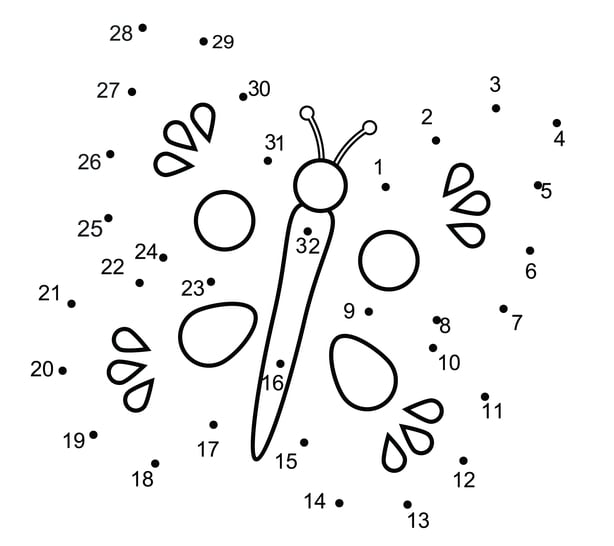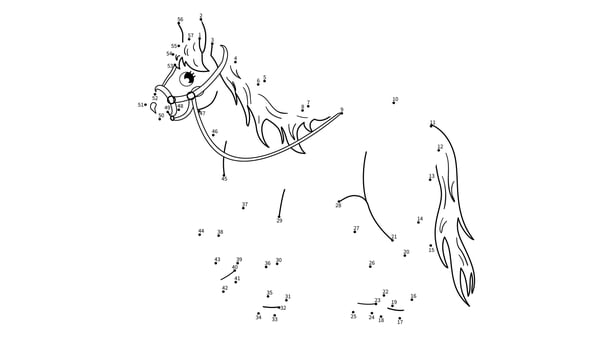Today Múinteoir Ray encouraged us to put down the pencils and paper and get TALKING!
He told us about homophones - these are two different words that sound the same but have different meaning. Example: "plain" and "plane".
Have a look at the homophones in the activity sheet and match them up.

I like to move it, move it!
We also practiced lots of words today that help to describe the way certain animals move, like galloping, slithering and scurrying.
Join the dots on the images below - each one will form an animal. Colour in the images and answer the questions.
You can answer the questions by writing them down or saying them out loud (orally).

What is the name of this animal?
What colours are this animal?
Do you know any facts about this animal?
Give one movement word to describe how this animal moves (examples: galloping, soaring)

What is the name of this animal?
At what time of you year do you especially see this animal?
Give any fact you know about this creature…
Give one movement word to describe how this animal moves.

What is the name of this animal?
A baby version of this animal is known as what?
Give one movement word to describe how this animal moves.
What noise does this animal make?

Tongue Twisters!
A really fun way to practice oral language is to say tongue twisters.
These are sentences that are tricky to say correctly!
Have a go at the following four tongue twisters. Say each one aloud a few times, increasing the speed each time! Then try saying the four of them one after another, very quickly, with no gap in between!
She sells seashells by the seashore.
Peter Piper picked a peck of pickled pepper.
Fuzzy Wuzzy was a bear. Fuzzy Wuzzy had no hair. Fuzzy Wuzzy wasn't fuzzy, was he?
How much wood could a woodchuck chuck if a woodchuck could chuck wood?


